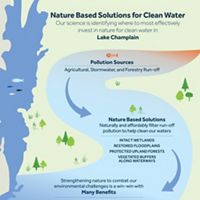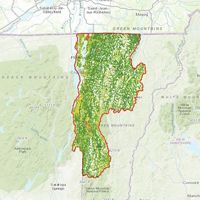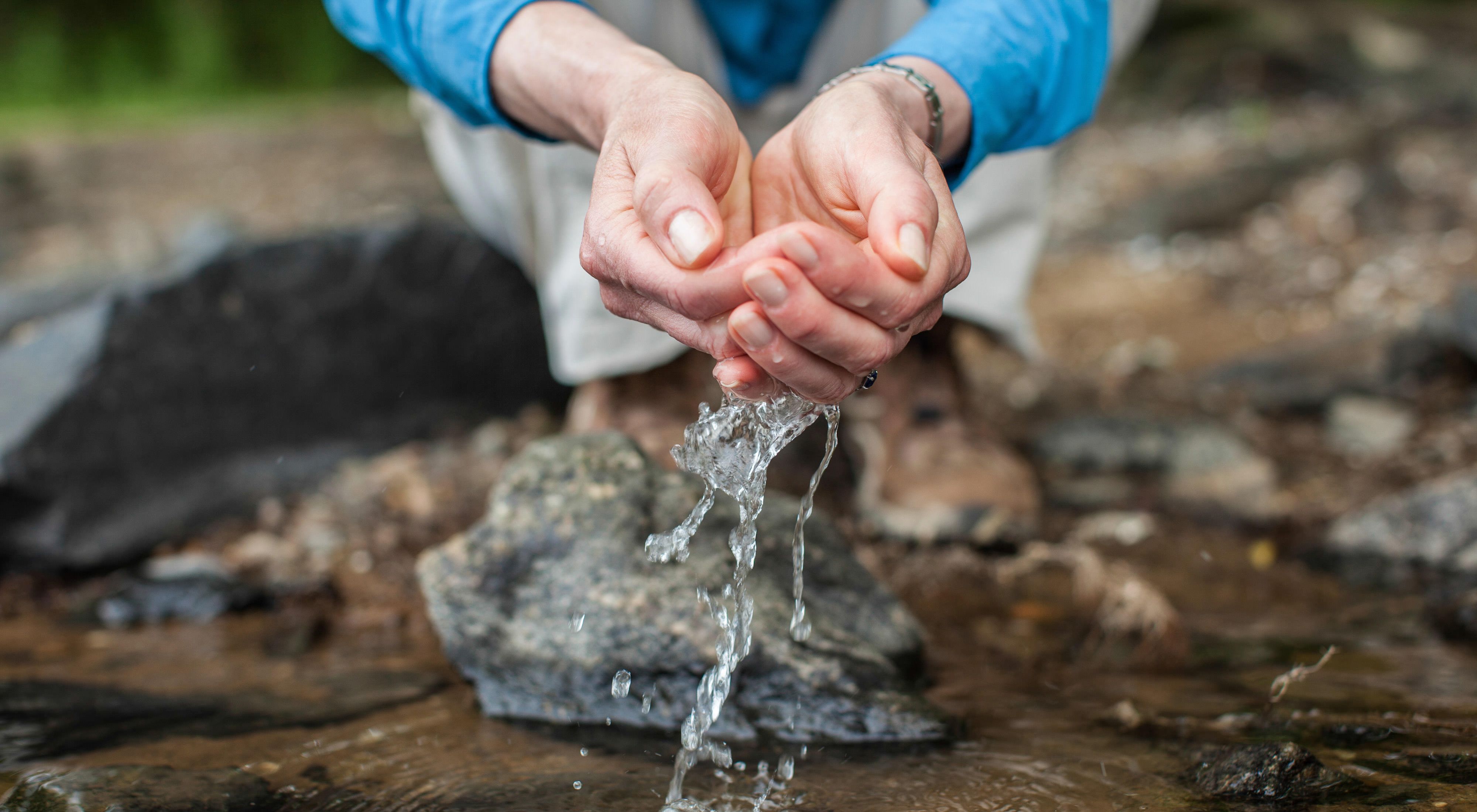Nature-Based Solutions for Clean Water
We are investing in nature to clean up Lake Champlain.
In nature there is opportunity—at least that is how our conservation scientists see it.
Wetlands capture run-off and clean our water. Protected and restored floodplain forests buffer us from ravaging floods. Forests provide us with clean air and store carbon. These nature-based solutions can significantly help us combat our 21st century environmental challenges. It was this framework that set us on our path to developing the Water Quality Blueprint.
The Water Quality Blueprint 2.0, an interactive web-based map, prioritizes restoration and protection of wetlands, floodplain forests, and river corridors that naturally filter out pollution from sources like erosion and agricultural and stormwater run-off, at a fraction of the cost of grey infrastructure such as wastewater treatment plants. Released in January 2021, Version 2.0 updates several data sources used in the original web map. This tool will help our watershed managers, conservation practitioners and other stakeholders to focus on natural infrastructure investments that provide the most benefit to water quality in the Lake Champlain Basin.
The benefits are not only limited to progress on clean water. Nature-based solutions support fish and wildlife habitat, improve flood resiliency, and increase recreational opportunities. A true win-win-win for Vermont.
An advisory committee consisting of staff from the Gund Institute for Ecological Economics, Keurig Green Mountain, Limno Tech, Lintilhac Foundation, Milone and MacBroom, Natural Resource Conservation Service, Vermont Agency of Agriculture Food and Markets, Vermont Department of Environmental Conservation, Vermont Department of Fish and Wildlife and Vermont Land Trust, provided critical guidance and review during the Water Quality Blueprint's development. We thank them for their efforts and time.
Vermont Water Quality Blueprint
-

Infographic
Check out this graphic to see how our science is identifying where to most effectively invest in nature for clean water in Lake Champlain. View Infographic
-

Online Mapping Tool
Use this interactive map to help assess restoration projects based on their water quality benefits. Use the Map
